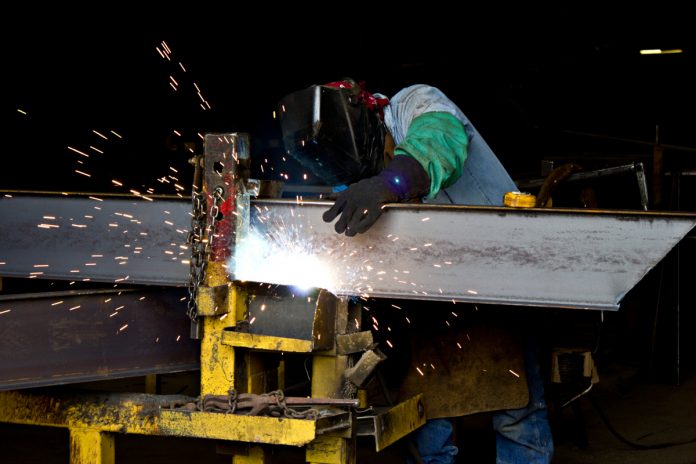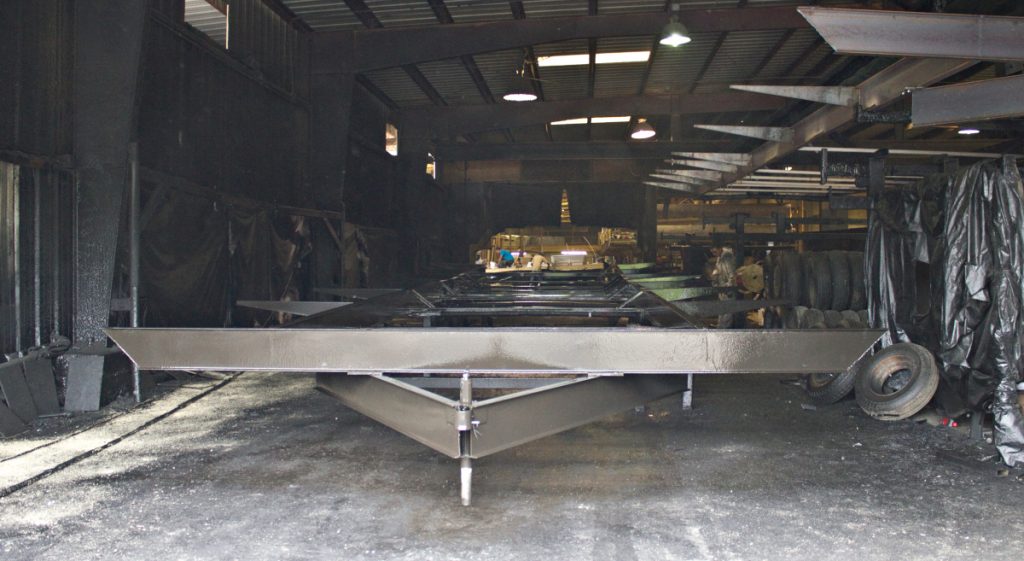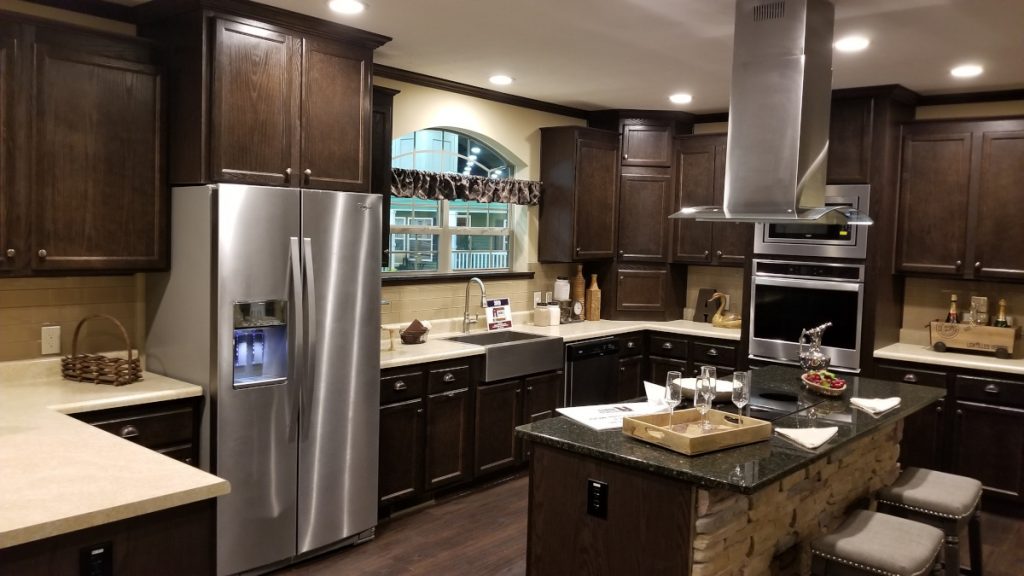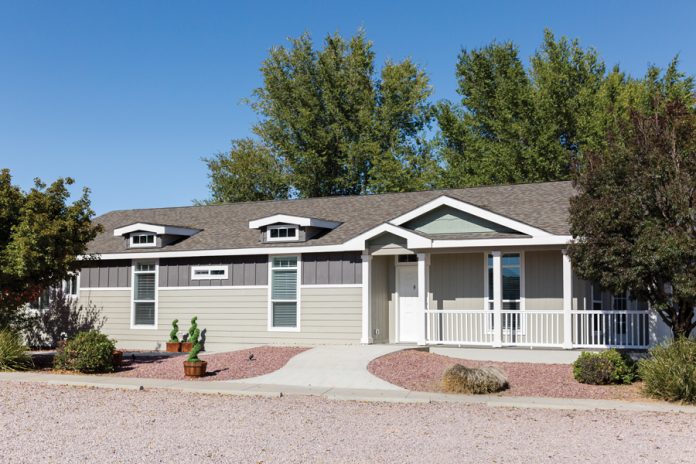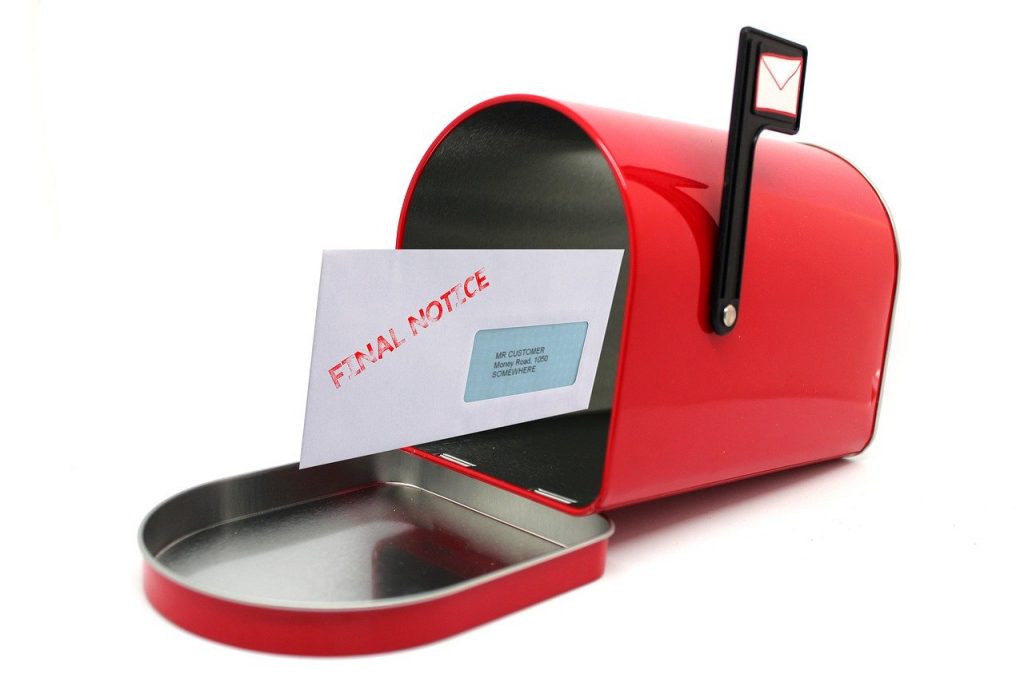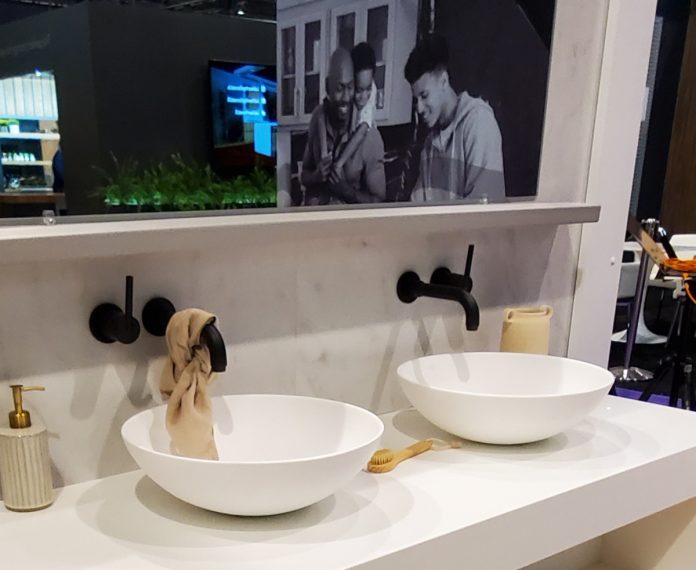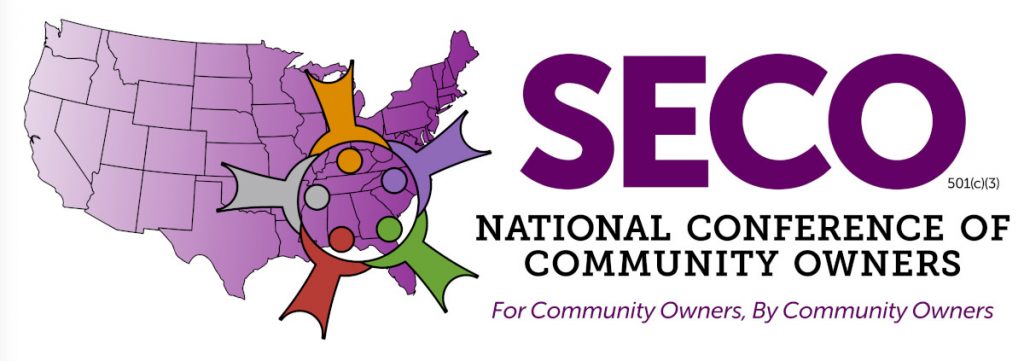Datacomp has announced the publication of its August 2020 JLT Reports for mobile home rent comps, occupancy, and other vital data from manufactured home communities in Southern California.
JLT Market Reports provide detailed research and information on communities in 184 housing markets throughout the United States. These include the latest rent trends and statistics, marketing programs, and a variety of other useful management insights.
The August 2020 release of JLT Reports in Southern California includes information on Los Angeles, Orange, Riverside, San Bernardino, San Diego, and Ventura counties.
Datacomp maintains and provides the JLT Market Reports and is the nation’s #1 provider of market data for the manufactured housing industry. JLT Market Reports are recognized as the industry standard for manufactured home community market analysis.
August 2020 manufactured housing market data published in JLT Market Reports for Southern California include information on 503 “All ages” and “55+” manufactured home communities.
Altogether, the reports from Southern California manufactured home communities include data representations for 102,289 homesites.
Regional Trends in Manufactured Housing Community Rent
- Pacific region manufactured home communities show a year-over-year 3.4% increase in rent for retirement communities and a 3.8% increase for all-ages communities.
- Southwest region manufactured home communities show a year-over-year 3.9% increase in rent for retirement communities and a 4.6% increase for all-ages communities.
- West region manufactured home communities show a year-over-year 3.3% increase in rent for retirement communities and a 4.8% increase for all-ages communities.
“The six counties represented in the August publication of JLT Market Reports for manufactured home communities show tremendous stability in occupancy and rent growth,” Datacomp Co-President and Chief Business Development Officer Darren Krolewski said. “Rents increased year-over-year across the Southern California market in a very moderate and predictable way, with only one market area having slightly higher rent increases.”
What’s in JLT Market Reports?
Each JLT manufactured home community rent and occupancy report from Datacomp has detailed information about investment grade communities in the major markets. The detailed information includes:
- Number of homesites
- Occupancy rates
- Average community rents, and increases
- California rent control and next increase data
- Community amenities
- Vacant lots
- Repossessed and inventory homes, and much more
JLT Market Reports also include management insights that rank communities by the number of homesites, occupancy rates, and highest to lowest rents. Established reports show trends in each market with a comparison of August 2020 rents and occupancy rates to August 2019, as well as a historical recap of rents and occupancy from 1996 to present date in most markets.
The August 2020 JLT Market Reports for Southern California manufactured home communities are available for purchase and immediate download online at the Datacomp JLT Market Report website, or they may be ordered by phone in electronic or printed editions at (800) 588-5426.
Each fully updated report for mobile home communities is a comprehensive look at investment grade properties within a market, enabling owners and managers, lenders, appraisers, brokers, and other organizations to effectively benchmark those communities and make informed business decisions.

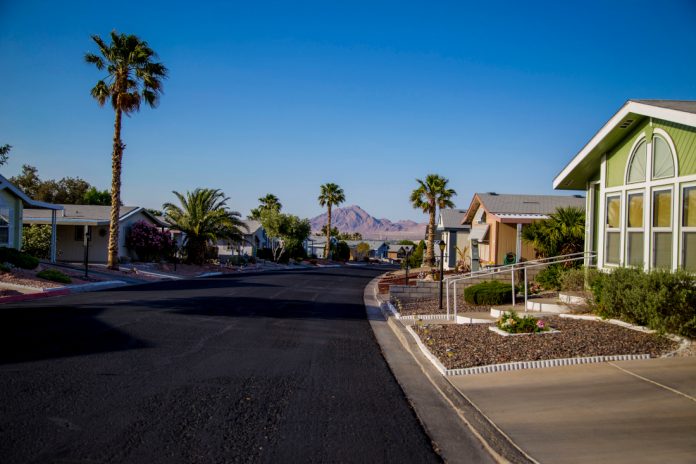
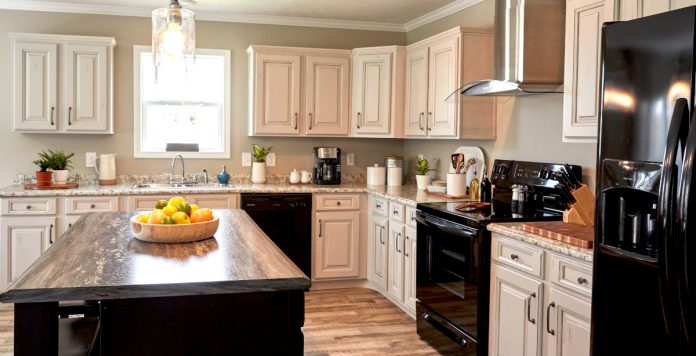
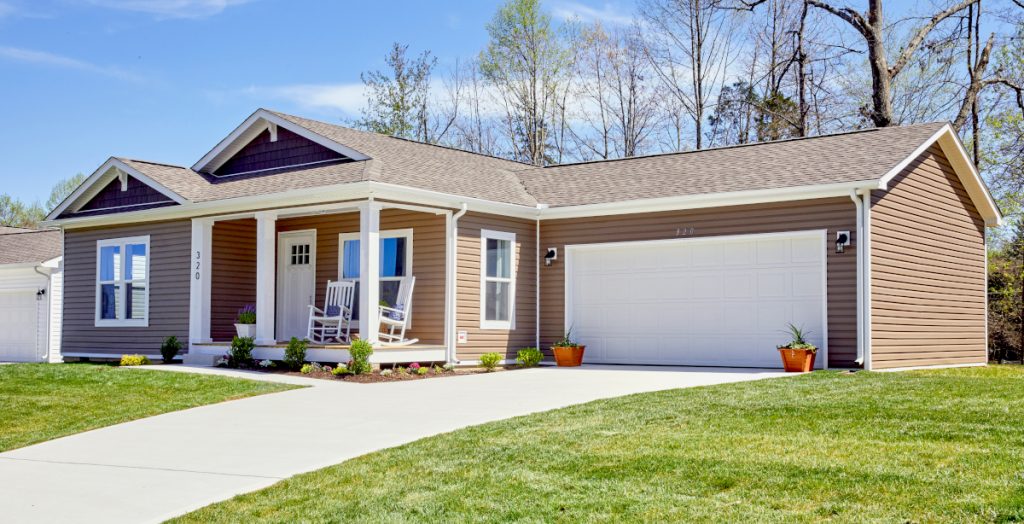




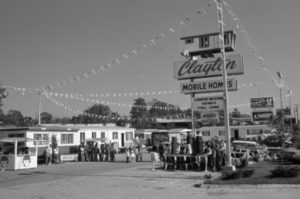
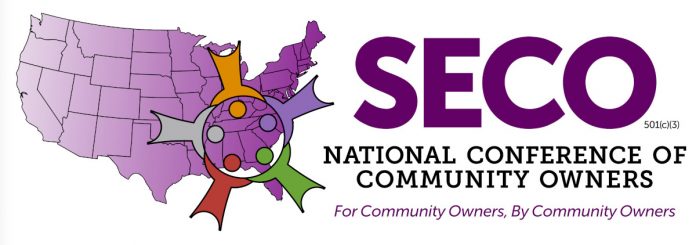
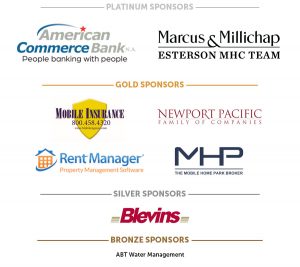 In addition to attending, individuals and organizations in the manufactured housing industry can
In addition to attending, individuals and organizations in the manufactured housing industry can 